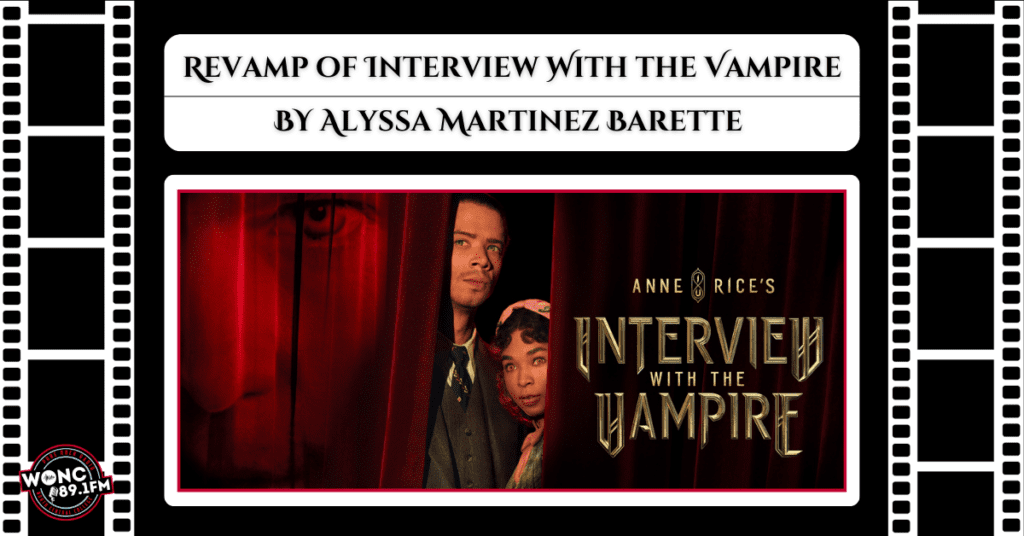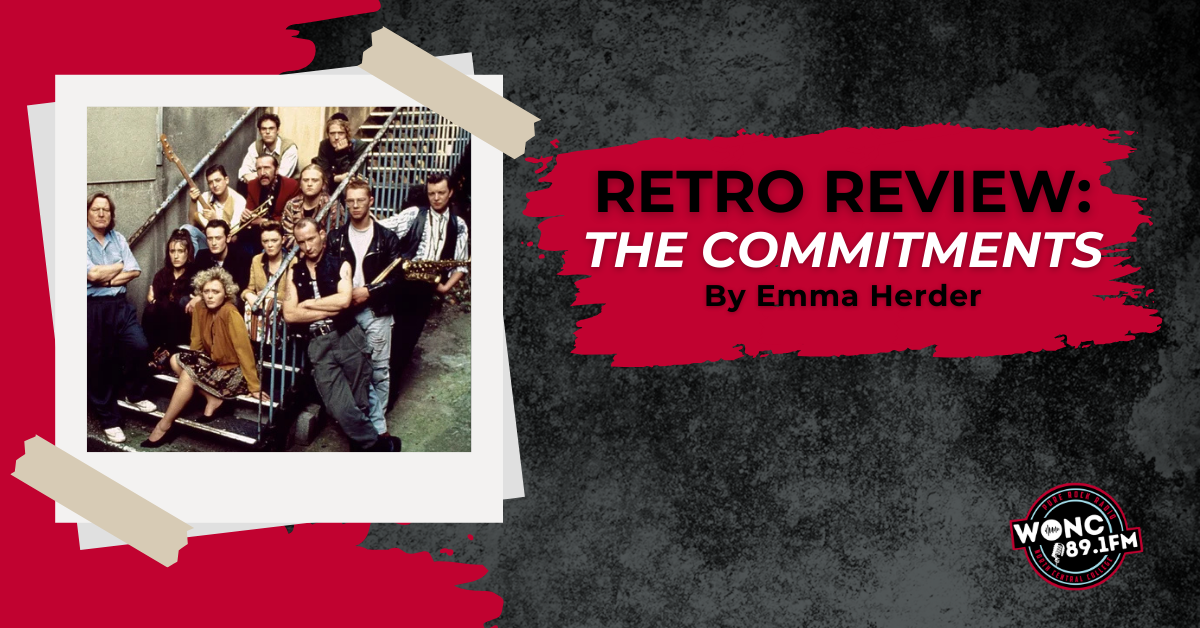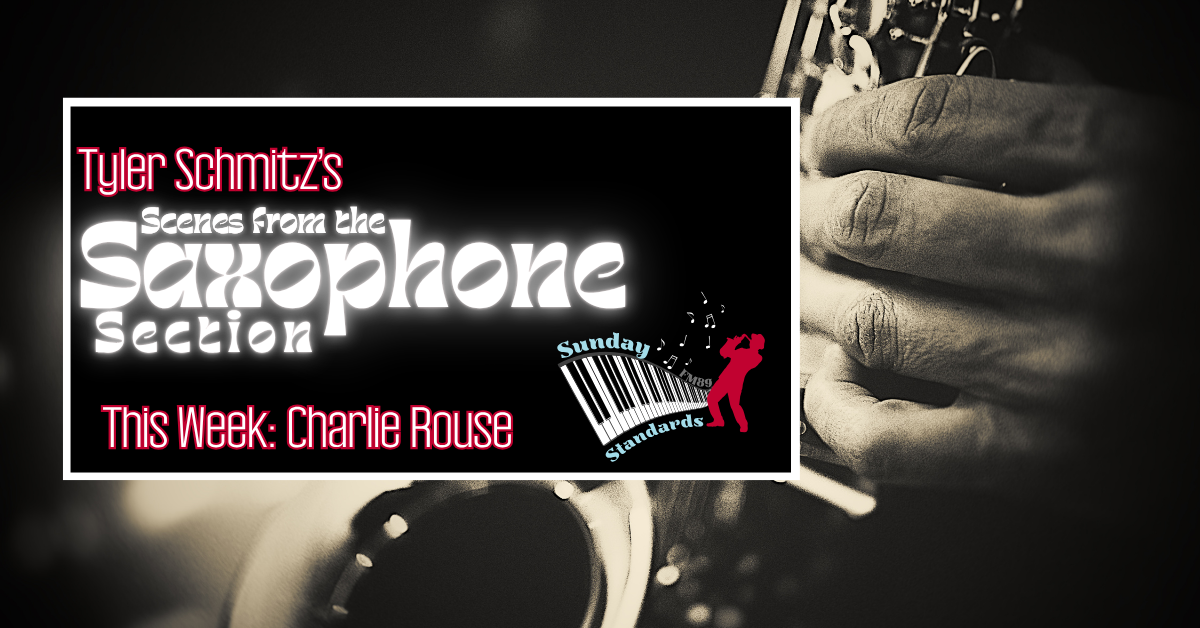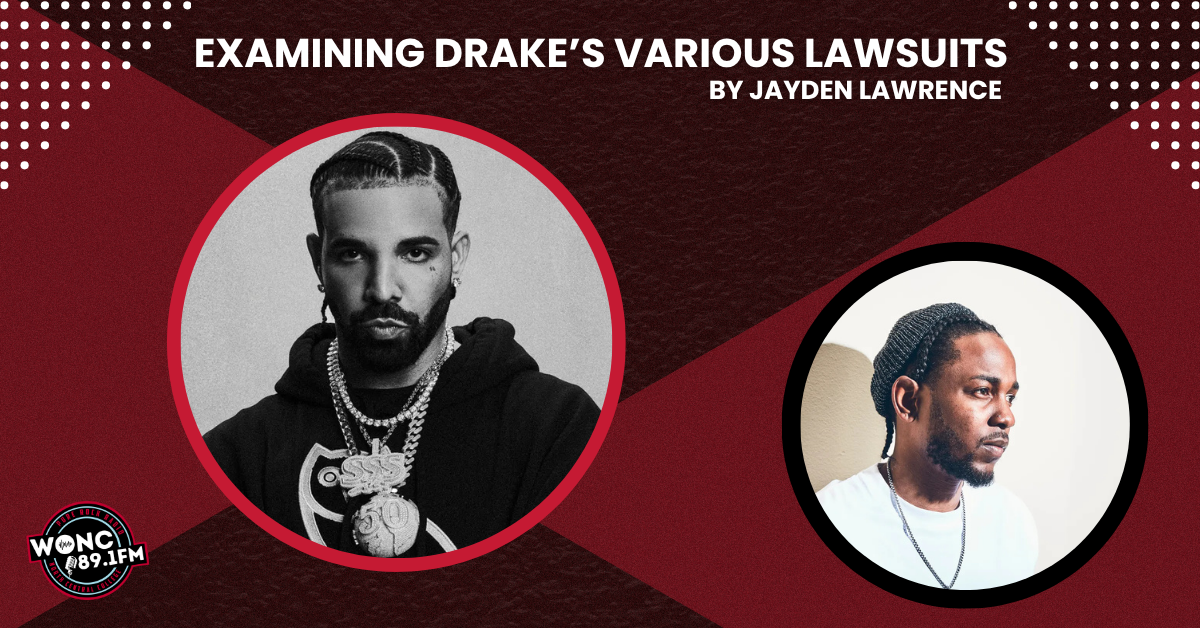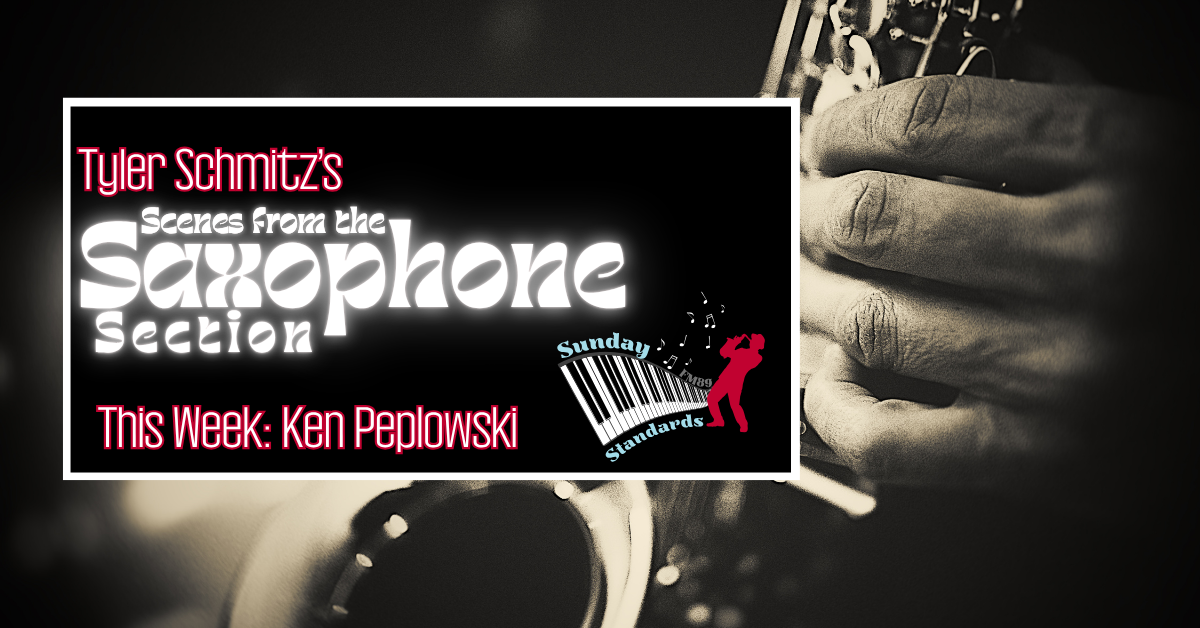by Alyssa Martinez Barette
The renaissance of vampire media has been on the rise, from remakes of classics like Nosferatu (2024) to originals like Sinners (2025). The new wave has one thing in common, which is to reinvent and challenge the otherwise familiar genre.
The embodiment of the new wave can be seen in Interview with the Vampire (2022) now available on Netflix, a highlight among the growing catalog of Anne’s Rice adaptations. This isn’t the first time one has been brought to the screen, with Interview with the Vampire (1994) and Queen of the Damned (2002) predating the acclaimed show.
The show Interview with the Vampire follows Louis de Pointe du Lac, a vampire who got turned in early 1900s New Orleans, as he retells his decades long life story to a jaded journalist Daniel Molloy in the present day. The recounting reveals the moral turmoil, guilt, and seduction that led him to accept the transformation by the vampire Lestat de Lioncourt and later encouraged him to adopt a young girl, Claudia, who they turned into a vampire and inadvertently cursed to an eternity in a teenage body even as she grows old.
The dark, deeply troubling dynamics and relationships are revisited and reluctantly exposed by Daniel, who pushes Louis further and further to the unbiased truth, constantly questioning the reliability of Louis’s memories and motives behind the interview.
As a fan of the vampire genre and someone who watched the original film adaptation, the show completely reinvents the classical themes and revels against the tired tropes that come with vampire dramas. Jacob Anderson’s performance as the classic reluctant vampire, Louis who struggles with the morality of his existence, is made fascinating by his portrayal of quiet devastation and self-loathing which externalizes his disgust for his existence onto those who he loves, creating an interesting conflicting and hypocritical framework in which he lives in because of his repression. In stark contrast is Sam Reid’s Lestat who is magnetic, loud, and expressive of his vampirism, embracing the darkest, most disturbing, and inhumane parts of his nature with ease. He creates an environment and dynamic which poses interesting dilemmas, especially as they both look after the unpredictable nature of Claudia as a vampire stuck in the emotional turmoil of puberty.
The slow-paced narrative of the original adaptation is replaced with a rich and addictive narrative that leaves you wanting more. The razor-sharp writing allows for the complex and monstrous nature of every character to be explored alongside their humanity, creating a complex monster story that allows for the worst of each character to come to the forefront and for different characters to be the villains of each other’s stories. The deceivingly fragile, yet capable, portrayal of Louis by Jacob Anderson paired with the hauntingly commanding portrayal of Lestat by Sam Reid creates a fascinating enticing dynamic unlike any other.
As a long-time fan of the vampire genre, Interview with the Vampire stands among its predecessors as a fascinating exploration and revival of the classic epic.

